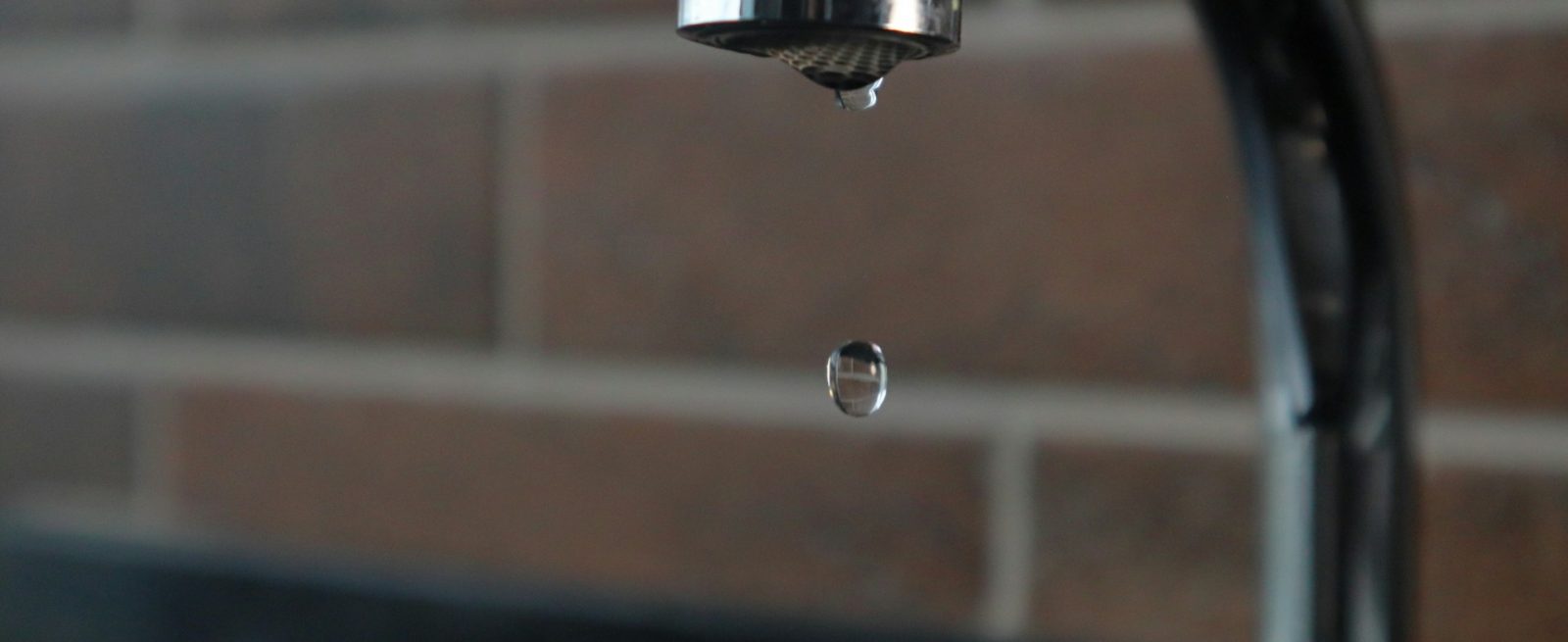Pouring Profits: How Restaurants Can Save Big on Water Costs
3 Min Read By Tom Spillane
Restaurants nationwide are facing growing uncertainty. With food and overall costs climbing, owners and managers are finding creative ways to reduce expenses and manage their spending more efficiently.
While this uncertainty may seem like a challenge, it also offers restaurateurs the opportunity to step back and look at the factors that may be eating away at their bottom line. One often-overlooked area is water consumption. From managing actual water use to reducing waste tied to drinking water, restaurants have a significant opportunity to save money and minimize unnecessary spending.
A new report highlights the need to assess this spending, with operators spending 34 percent more on food than last year. Adjusting menu prices may have worked in the past, but it’s no longer enough to offset rising costs. Owners and operators need to focus on back-of-house spending to find ways to reduce expenses.
While costs may have gone up, nearly a third of operators said they had observed a significant increase in traffic from the year prior, while 58% experienced a slight increase. While increased traffic can offer some financial relief, back-of-house cost savings are truly what will make a difference when traffic inevitably ebbs and flows.
This makes the need to cut back on costs even more pressing.
The True Price of Water
A restaurant selling 50 bottles of water per day can create a big environmental and financial impact by moving away from bottled water services and switching to an on-site bottling dispenser. This change could result in a 74.2-percent boost in ROI over four years, outperforming San Pellegrino and other top sparkling water brands, based on data from Vivreau’s savings calculator.
An integrated water system offers restaurants a convenient and cost-effective alternative to traditional bottled water. These systems are designed to filter and chill tap water on-site, and provide still or sparkling water directly from the countertop. By eliminating the need for single-use plastic bottles and the transportation associated with them, businesses can significantly reduce their day-to-day costs, as well as the time needed to coordinate these deliveries.
From a long-term perspective, integrated water systems are a smart financial investment. With lower operational costs and no recurring expenses for bottled water delivery, restaurants and businesses can see substantial savings over time.
According to the U.S.-based International Bottled Water Association, the average wholesale price per gallon of domestic non-sparkling bottled water was $1.44 in 2023. When this is broken down, one gallon of water can serve roughly 16 people, assuming each person drinks one eight-ounce glass of water. In comparison, an integrated water system gives a restaurant access to clean, filtered water for just pennies per gallon, making it a far more cost-effective solution for supplying the same amount of water to multiple people over time.
Elevating a restaurant's approach to water can not only lead to cost savings, but also improve the product that restaurants are giving to their customers. Integrated water systems often have better quality, resulting in better tasting water compared to pre-paid bottled water.
Everyone is familiar with the undesirable ‘bottled’ and plastic taste from prolonged contact with packaging and transit. Integrated, on-site systems avoid this through advanced filtration and chilling that dispenses fresh, pure water, preserving its natural minerals. In addition, these systems allow precise temperature and carbonation control, allowing restaurants to cater to the needs of customers.
Dripping Faucets, Draining Wallets
Investing in integrated water systems saves operators and managers money in the long run—and so does fixing that leaky faucet in the back of the kitchen.
For instance, a leaky faucet dripping at just one drop per second wastes over 3,000 gallons of water annually — a cost that adds up quickly, especially in high-volume establishments, according to the United States Environmental Protection Agency.
Although it may seem like a small adjustment, reducing a restaurant’s utility bills can make a big difference in improving its profit margins. While water is a necessary ingredient in making a restaurant a success, it doesn’t have to be a major expense.
Combining these techniques with long-term cost-saving strategies, such as integrated water systems, can make a big difference—especially when a restaurant's bottom line is feeling the squeeze. While these tactics require short-term investments, from installation costs to bringing in a plumber, the ability to boost profits in the long run far outweighs the short-term investment.
As restaurants welcome more diners, it's crucial for the industry to continually elevate the customer experience and adapt to rising expectations, even amidst the economic and consumer uncertainty that is currently dominating the headlines.


